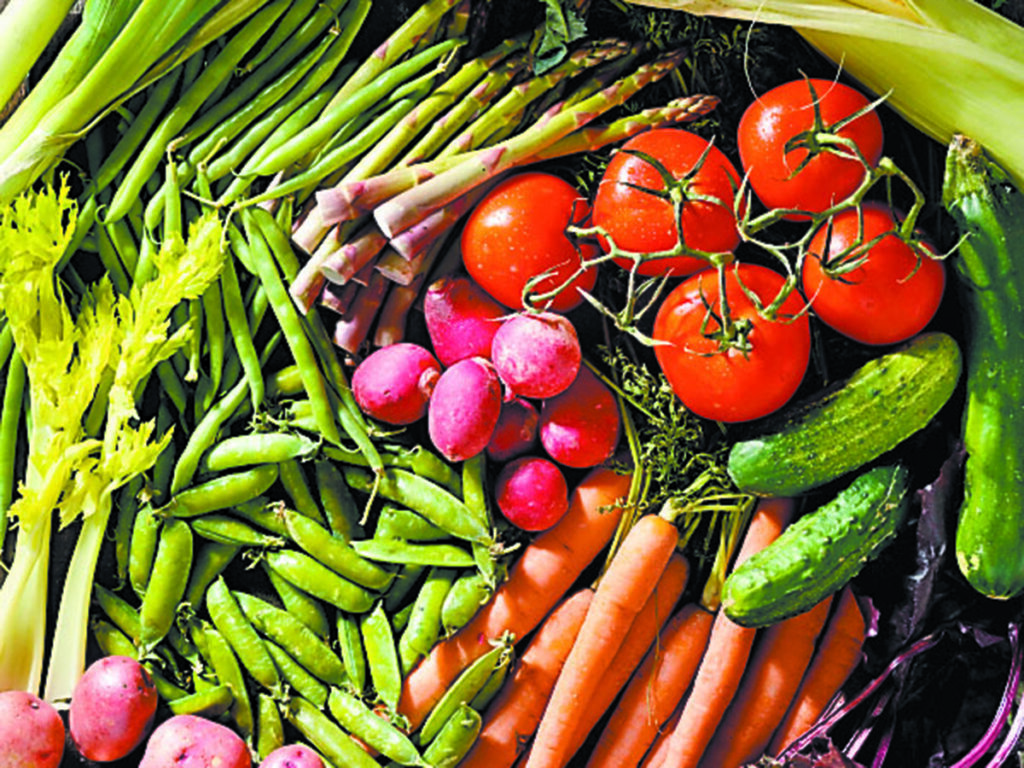Canadians believe higher food prices on the way: survey

REGINA — Whether people throw steaks or hot dogs on the barbecue this summer could reflect how they feel about their food spending.
A new report from the Agri-Food Analytics Lab at Dalhousie University found increasing anxiety about food affordability compared to last fall.
The Spring 2025 Canadian Food Sentiment Index surveyed 2,994 Canadians in March. This is the second such survey and is intended to track trends over time by asking the same questions each time.
Read Also


Canadian apple a hit at U.S. schools
Okanagan Speciality Fruits (OSF), the company behind the Arctic Apple, has been selling its non-browning apple slices in the United States for several years. But its unique apples aren’t yet available to Canadian consumers.
In terms of food prices, the survey found fewer respondents indicating higher prices this spring at 79.7 percent, compared to 84.1 percent last fall. However, that concern is still high, the report said.
“This report paints a complex but hopeful picture,” said Sylvain Charlebois, lab director.
“Canadians are clearly worried about inflation but they’re also adapting (by) making smarter choices, turning to trusted sources and supporting local producers more than ever before.”
Food price increases led all categories when respondents were asked how household expenses have changed in the last year. Just less than 50 per cent said they had increased significantly, while 35 per cent said prices had gone up slightly.
The survey found a “dramatic” shift in perception of food price inflation, with those who believe it will be 10 per cent or more rising from 18.6 per cent last fall to 28.5 per cent this spring.
“There is a clear shift in consumer sentiment toward expecting higher food price inflation in spring 2025,” said the report.
“While moderate inflation expectations (two to four percent) declined, a growing number of Canadians now anticipate double-digit food inflation, suggesting rising concerns about affordability and economic pressures in the months ahead.”
More respondents reported buying bulk food and fewer non-essentials and looking for sales or discounts. However, the data also found fewer people using coupons, shopping at cheaper stores or buying fewer premiums.
“These results might indicate that many consumers had already adopted frugal behaviours in response to rising food prices and had already reached their limit,” the report said.
Canadian per capita retail food sales declined by less than $2 year over year in January, while food service spending went up about $7.
Affordability, at 42 per cent, is the leading factor in food purchases, followed by nutrition at 25 per cent and taste at 18 per cent. These figures represent a slight shift from last fall, but affordability was still the main concern.
This concern also varied by province. Those from Newfoundland and Labrador rated the importance of affordability highest at 59.9 per cent. Quebec was lowest at 28.2 per cent.
Alberta came in second-highest at 52.6 per cent, followed by Manitoba at 47.5 and Saskatchewan at 47.1 per cent. The report suggests this could be due to differences in cost of living, economic conditions or cultural attitudes toward affordability.
Local food is an increasing preference, possibly due to spring availability or the Buy Canadian movement that arose due to the threat of American tariffs, the report said.
Nearly 37 per cent reported they often checked the origin of food and 19 per cent said they always did. Only 3.8 per cent said they never checked food origin.
From fall to spring, more survey respondents chose generic or store brand foods but also grass-fed beef and cage-free eggs. Slightly fewer people chose plant-based proteins over animal proteins.
The survey looked at other behaviours, such as checking best-before or use-by dates and eating fruits and vegetables without washing them.
It found slightly more people were checking dates on products, while throwing away food past the use-by date remained steady. Risky behaviour such as not washing fruits and vegetables and eating under-cooked meat and raw dough or batter were low but still present.
About one-quarter of people said they rarely check food recalls and 8.3 per cent said they never did. The survey found “ambivalence” in checking for GMO content.
Respondents said they were doing better at recycling food packaging, reducing food waste at home and composting.
The data also found a shift from traditional diets to those such as keto, paleo and flexitarian, but the omnivorous diet remains highest at 60.8 per cent, down from 67.6 per cent in the fall. Those who said they are vegetarian dropped from 7.7 per cent of respondents to 5.9 per cent.
The paleo diet, which excludes dairy and grain, went up from 4.3 to seven per cent. Vegan diets accounted for three per cent, up from 2.6 per cent. The flexitarian diet, which is mainly plant-based but includes meat and fish on occasion, went up from 4.6 to 5.5 per cent.
Meanwhile, the survey found trust in all food institutions had increased from the fall, with independent growers seeing the highest gain. The list includes major grocers, Canadian food manufacturers, Canadian Food Inspection Agency, Agriculture Canada, Canadian farmers, Health Canada and vendors at farmers markets.
The survey was conducted March 4-5 through an online panel that ensures appropriate geographical representation. The margin of error is +/- 1.8 percentage points 19 times out of 20.
Contact karen.briere@producer.com
Source: producer.com


